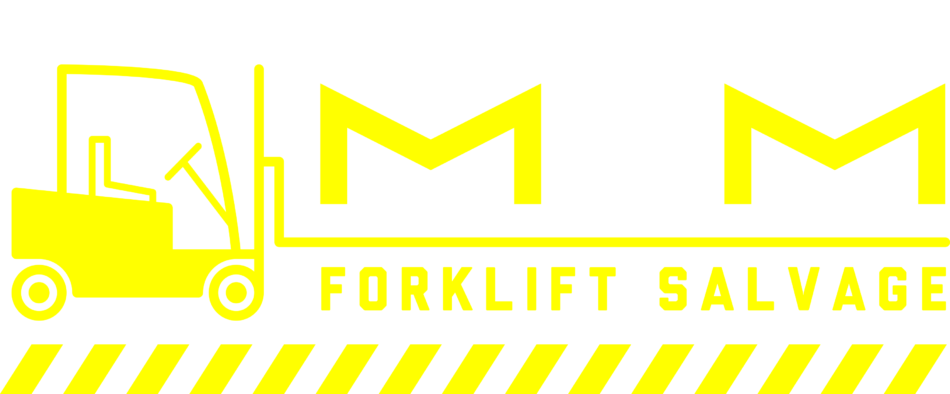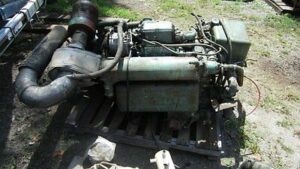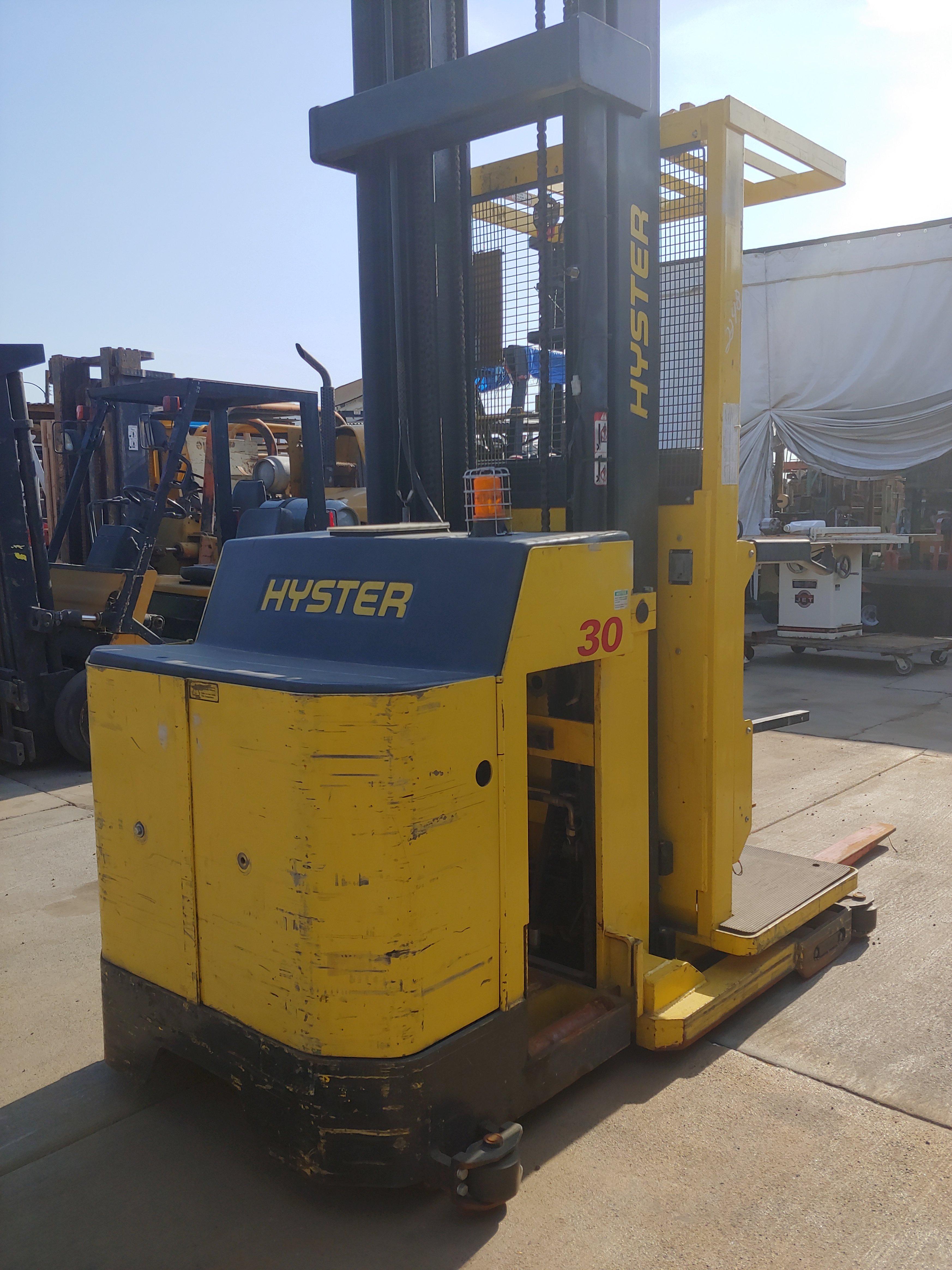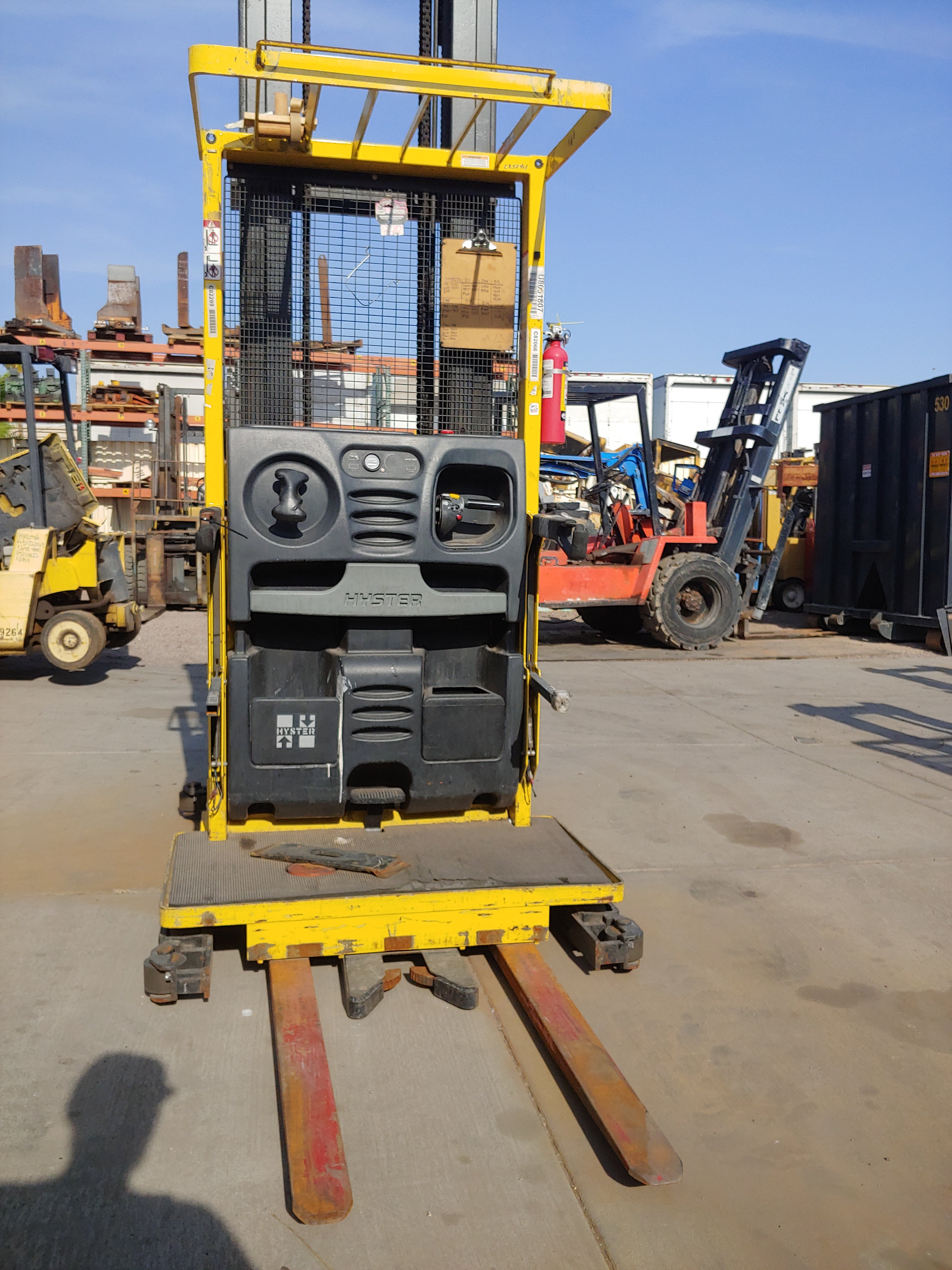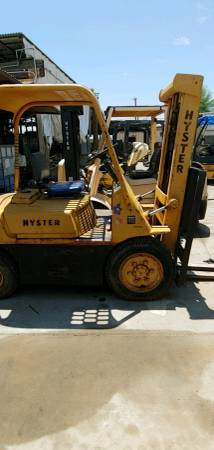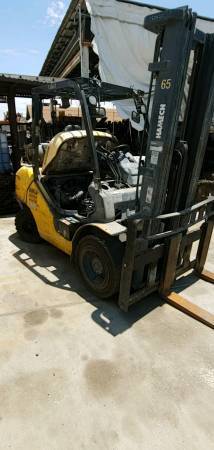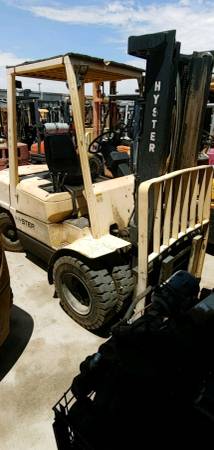In the bustling heart of Phoenix, Arizona, lies a treasure trove for forklift enthusiasts and industrial aficionados alike. Since its inception in 1978, M&M Forklift Salvage has been a beacon of reliability and expertise in the world of forklift parts. With decades of experience under its belt, M&M Forklift Salvage has emerged as the go-to destination for anyone seeking top-quality forklift parts, whether new or used.
A Legacy of Excellence
What sets M&M Forklift Salvage apart is not just its extensive inventory but also its unwavering commitment to customer satisfaction. For over four decades, they have been dedicated to providing unparalleled service and support to their clientele. From individual forklift owners to large-scale industrial operations, M&M Forklift Salvage has earned the trust and loyalty of customers across the country.
A Comprehensive Selection
At M&M Forklift Salvage, you’ll find everything you need to keep your forklift running smoothly. Whether you’re in search of a rare component for a vintage model or a brand-new part for the latest equipment, they have you covered. Their inventory boasts a vast array of forklift parts, ranging from engines and transmissions to hydraulic components and beyond.
Expert Assistance
Repairing a forklift can be a daunting task, but with M&M Forklift Salvage by your side, it becomes a seamless experience. Their team of experienced professionals is always on hand to provide expert guidance and assistance. Whether you’re tackling a minor repair or a major overhaul, they’ll help you find the right parts and offer valuable insights to ensure the job gets done right.
Extensive Library of Resources
One of the most valuable resources offered by M&M Forklift Salvage is their extensive library of forklift parts catalogs. Spanning decades of manufacturing history, these catalogs contain invaluable information for anyone working with forklifts. Whether you’re restoring a classic model or troubleshooting a modern machine, you’ll find the guidance you need within their comprehensive collection.
Your Trusted Partner in Forklift Maintenance
When it comes to forklift parts, new or used, and expert assistance, M&M Forklift Salvage stands head and shoulders above the rest. With a legacy built on integrity, reliability, and a passion for excellence, they have earned their reputation as the ultimate destination for forklift enthusiasts. So, the next time you find yourself in need of quality parts or professional support, look no further than M&M Forklift Salvage – where excellence is not just a goal, but a way of life.
Whether you’re in Phoenix or beyond, M&M Forklift Salvage welcomes you to experience the difference firsthand. Join their community of satisfied customers and discover why they’re the preferred choice for all your forklift needs.
